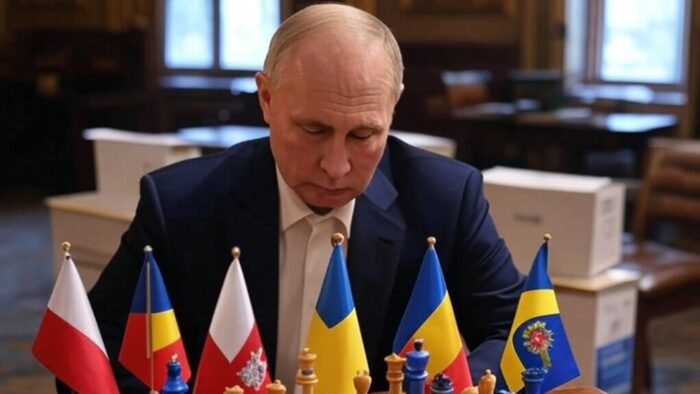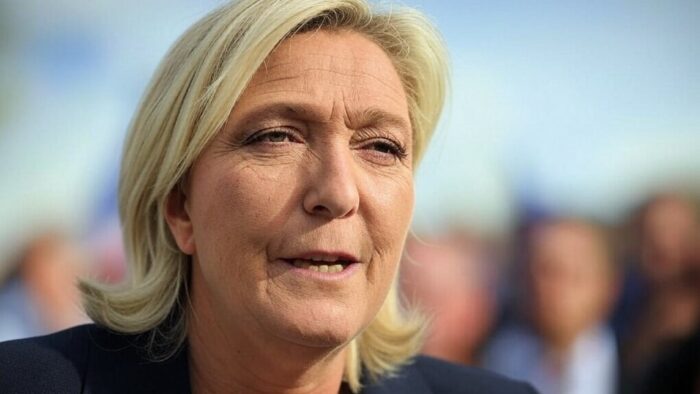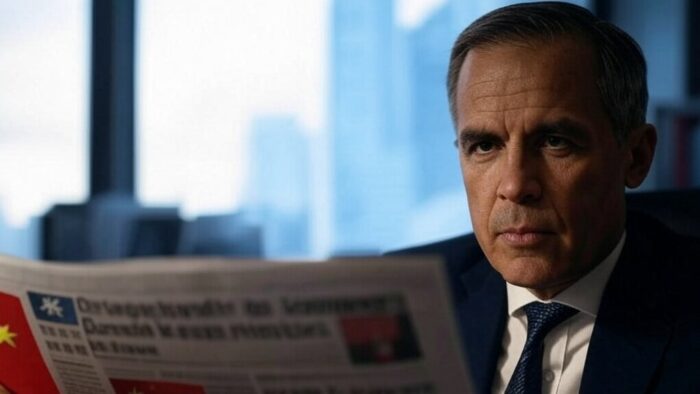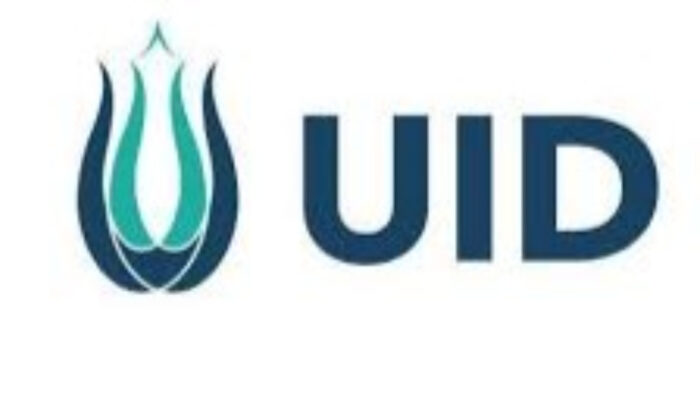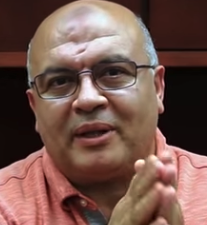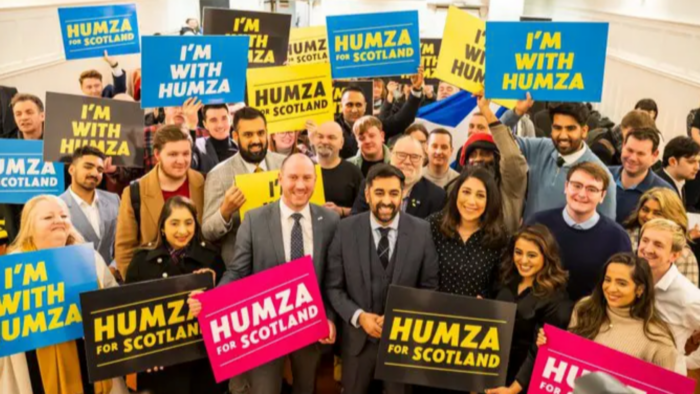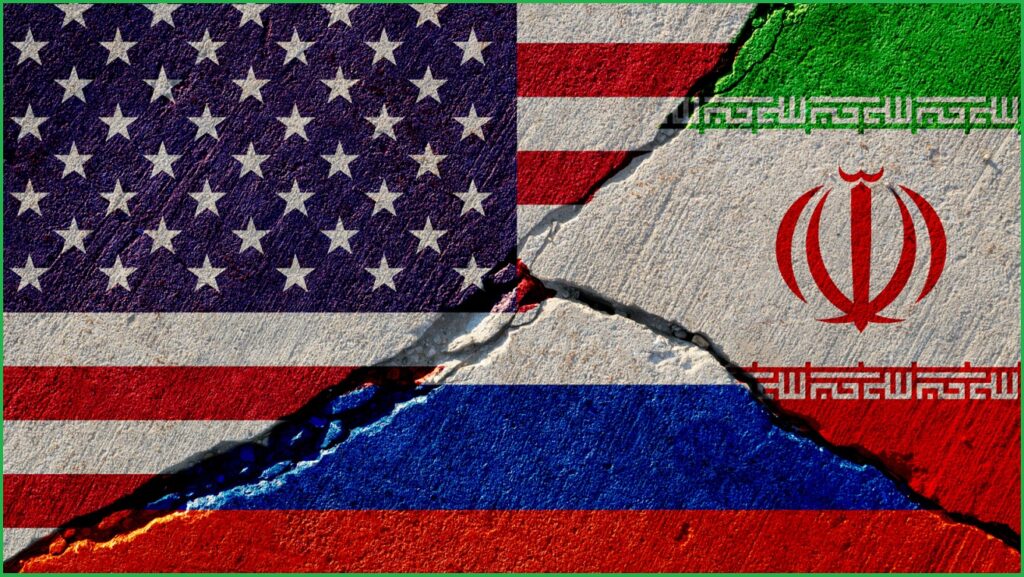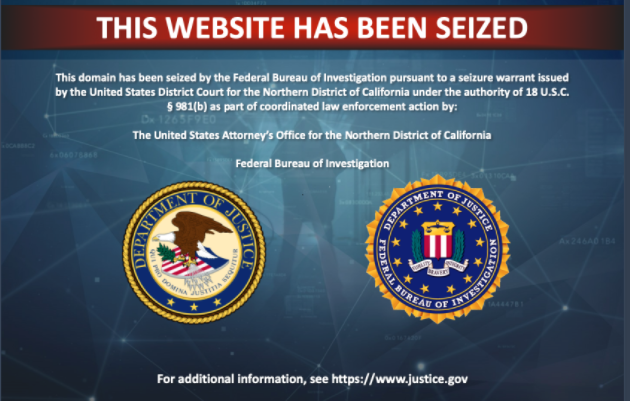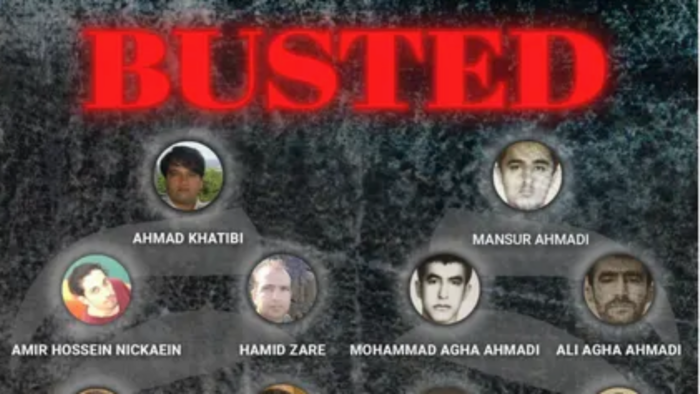Iran International, a television station headquartered in London and aimed at Iranian viewers, is reporting that Internal political divisions shape Iranian media coverage of the war in Ukraine. According to the report, this division is between “hardliner” and reform factions:
March 17, 2022, A clear media divide has emerged in Iran over the war in Ukraine, with some hardliner media repeating Moscow’s propaganda and others trying to reflect reality. Media affiliated with hardliner factions, including the Revolutionary Guard consistently backed the official government line in the early days of the war, saying the United States and NATO were responsibly by provoking Russia. But the government has not repeated those accusation in recent days…While the hardliner media try to muddle through amid popular support for Ukraine on social media, outlets run by reform minded loyalists approach the conflict in a much more even-handed manner…The media divide is also visible on attitudes toward Russia as they relate to Iran and its nuclear negotiations with the West…Whether the centers of power in the Islamic Republic tolerate the anti-Russian tone of some newspapers and websites, or simply are too busy these days amid nuclear talks and launching ballistic missiles at Iraq, is hard to say.
Read the rest here
The Iran International analysis identifies the following media outlets and their affiliations:
- Mehr news website, “a state entity financed by the presidential administration but controlled by Supreme Leader Ali Khamenei’s office,” and which has been “parroting pure Russian propaganda.”
- Fars news agency, controlled by the Islamic Revolutionary Guard Corps (IRGC)
- Tasnim news agency, another flagship news website of the Islamic Revolutionary Guard Corps (IRGC)
- Kayhan, “an ultra-conservative newspaper controlled by Khamenei’s office.”
- Tabnak website, “affiliated with one of President Ebrahim Raisi’s deputies, former IRGC commander Mohsen Rezaee.”
- Fararu website “one of the relatively more independent sources given Iran’s media restrictions.”
